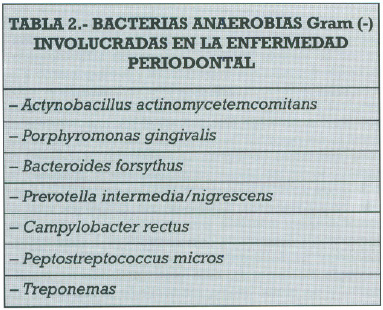Pedro el Romano
Madmaxista
- Desde
- 18 Oct 2015
- Mensajes
- 9.942
- Reputación
- 4.024
Lo celebro, pero debo decir que esa curcumina modificada químicamente de la que hablo en mi post previo (CMC 2.24) no parece estar disponible en el mercado todavía. En cuanto a la curcumina normal, en este otro estudio se dice:
 www.hindawi.com
www.hindawi.com
This compound, CMC 2.24, is a phenylamino carbonyl curcumin, is triketonic (which enhances its zinc-binding characteristics) in contrast to the diketonic active site on both the tetracyclines and on traditional/natural curcumin compounds, and has shown evidence of efficacy in vitro, in cell and organ culture, and in animal models of chronic inflammatory and other diseases [13–15]. As additional background, recent studies have shown that natural/unmodified curcumin administered to rats with experimentally induced periodontal disease was effective in reducing inflammatory mediators and MMPs in the gingiva and periodontal ligament but was ineffective in reducing the excessive resorption and loss of alveolar bone [16].
A Novel Chemically Modified Curcumin Reduces Severity of Experimental Periodontal Disease in Rats: Initial Observations
Tetracycline-based matrix metalloproteinase- (MMP-) inhibitors are currently approved for two inflammatory diseases, periodontitis and rosacea. The current study addresses the therapeutic potential of a novel pleiotropic MMP-inhibitor not based on an antibiotic. To induce experimental...
This compound, CMC 2.24, is a phenylamino carbonyl curcumin, is triketonic (which enhances its zinc-binding characteristics) in contrast to the diketonic active site on both the tetracyclines and on traditional/natural curcumin compounds, and has shown evidence of efficacy in vitro, in cell and organ culture, and in animal models of chronic inflammatory and other diseases [13–15]. As additional background, recent studies have shown that natural/unmodified curcumin administered to rats with experimentally induced periodontal disease was effective in reducing inflammatory mediators and MMPs in the gingiva and periodontal ligament but was ineffective in reducing the excessive resorption and loss of alveolar bone [16].
Última edición:






